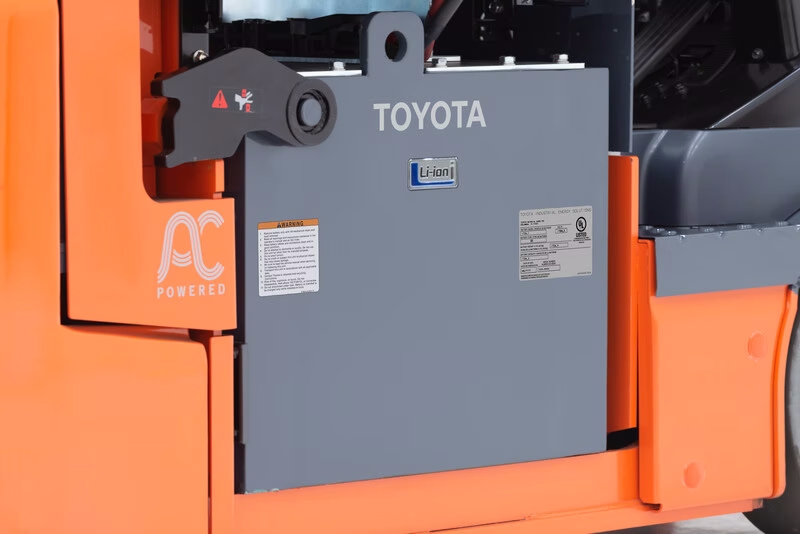How to Optimize Forklift Battery Life

Forklift batteries are expensive. In fact, they’re generally worth up to about 30% of a new forklift’s total value. High fuel costs can make a battery powered machine an attractive and cost-effective alternative to gas or propane powered options, however, you can only realize those cost savings if you take proper care of your batteries.
A typical forklift battery provides you with about 8,000 working hours. But if you don’t handle forklift battery maintenance the right way, then you may need to replace them much sooner than that, significantly adding to your operating costs. To help you out, we’ve put together some key tips and best practices for lengthening and optimizing your forklift battery lifespan.
Avoid running your forklift batteries beneath 20% capacity
To maximize the life of your forklift battery, we recommend not discharging it more than 80%. A deep discharge can harm your battery and your forklift as a whole, because doing so can cause its electrical components to run hot and overheat. Low battery life also hurts performance, leading to decreased traction and slower hydraulics. If it does run completely out, then it will need a full, uninterrupted eight hour charging cycle.
Don’t charge your machine more than once a day with standard charging procedures
Opportunity charging or charging with standard chargers during lunch breaks can significantly decrease the overall lifespan of your forklift batteries. Generally speaking, a new battery has about 1,500 charges in it. The more often you charge it, even if it’s just for a short time or to “top it off”, the more quickly those charges are used up. To get the most out of your forklift batteries, we suggest only charging them once per day, and you should never interrupt a charging cycle—always charge it completely.
Regularly check your water levels
Water plays a key role in the running and life expectancy of lead acid forklift batteries. During a charge cycle, the water is heated up and splits into two gases, releasing hydrogen bubbles at the negative plates and oxygen at the positive. Allowing the water level in a battery to drop too low exposes the plates to the air, causing the active material in them to dry and become brittle, potentially leading to permanent damage.
A key part of forklift battery maintenance is adding water to it at regular intervals, typically every five to ten recharges. It’s important to only fill up to the level indicated within your battery, as overfilling can also lead to serious damage. Also, you should only top up the water after charging, not before. Low level lights can also be installed to add a visual reminder as well.
Understanding Opportunity and Fast charging
Fast charging your forklift batteries reduces downtime, but it can also lead to heat that will decrease their lifespan. But with the correct system in place, a multi shift operation with opportunity or fast charging could benefit your operation. If you have questions about these charging types, talk to our team. We’ll help you use the right charger and do it the correct way to avoid temperature problems while still minimizing your downtime.
Clean your forklift batteries every month
A crucial part of forklift battery maintenance is to clean the top of each one monthly, or as often as needed to keep it free of harmful material. Chemical build up can lead to corrosion, shorten the lifespan, and may void your manufacturer’s warranty. You can use battery cleaner or warm water to clean the tops of your batteries.
If you have any questions about forklift battery maintenance, contact the JIT team today!
